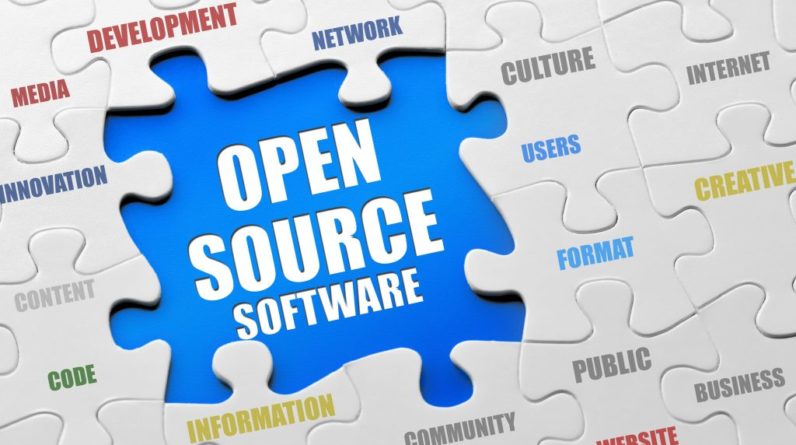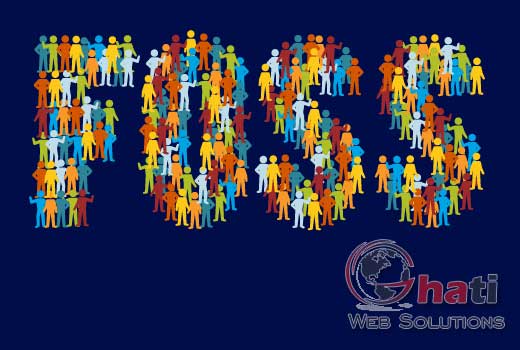
Introduction To Open Source /Open Source Software /Free Open Source Software (FOSS)
Computer software can be broadly split into two development models.
- Proprietary or ‘closed’ software, owned by a company or individual. Copies of the ‘binary’ are made public; the ‘source-code’ is not usually made public
- Open source software (OSS), where the source code is released with the binary. Users and developers can be licensed to use and modify the code and to distribute any improvements they make
Open Source is a type of software distribution that allows the user access to the program’s source code, to view the source code, modify it, and redistribute it to others. Contrast this with the more traditional closed source software distribution that has dominated the retail software market for decades, whereby the user only gets the executable version of the program, not the raw source code itself. The source code is a tightly guarded secret, and redistribution or resale is strictly prohibited.
Open Source Software is also Abbreviated as FLOSS or FOSS has given a great Prominence.OSS programs are programs whose licenses given users the freedom to run the program for any purpose to study & modify the program & to redistribute copies of either the original or modified program without having to pay royalties to the previous developer. The Open Source Initiative states that “open source doesn’t just mean access to the source code” and maintains that open source software must adhere to the criteria laid out in their website.

Why It is Called Open Source
- OPEN Collaboration is Open to All
- SOURCE Source code is freely shared
The Prime ideals of open Source is to share the goals, share the work & share the result for Improvements among all.Open Source is more than having access to the source code, and Free Software is more than getting it for free –
There are several definitions but it can be summarized in four basic principles:
- (P0) The user can run the application for any purpose – anyone, anywhere, anyhow
- (P1) The user can study how the application is made, and modify it for his/her needs
- (P2) The user can make copies of the application, gratis or for money
- (P3) The user can publicly redistribute his changes
Applications that match these 4 principles are free software/open source. Applications that do not match any of these 4 principles are proprietary (you can also find “privative” and “non-free”).
Open source usually refers to software that is released with source code under a license that ensures that derivative works will also be available as source code, protects certain rights of the original authors, and prohibits restrictions on how the software can be used or who can use it.”
Misconceptions about open source are explained here and include the following:
- Free means there is no monetary cost
- Open source is free development
- Open source means poor quality
- Open source has no support
- Open source is bad for business
- Open source does not generate business revenue
“Open source is like sharing a recipe”
Aman Thakur is the founder of Ghati Web Solutions, Which provides Digital Marketing and Web Design Services. if you really want to establish your sturdy brand presence and obtain a sustainable outcome for your business growth, I ‘m your man.I can help you with digital marketing, content marketing, and Social media Presence.I am also a blogger curious to write about different technology topics
